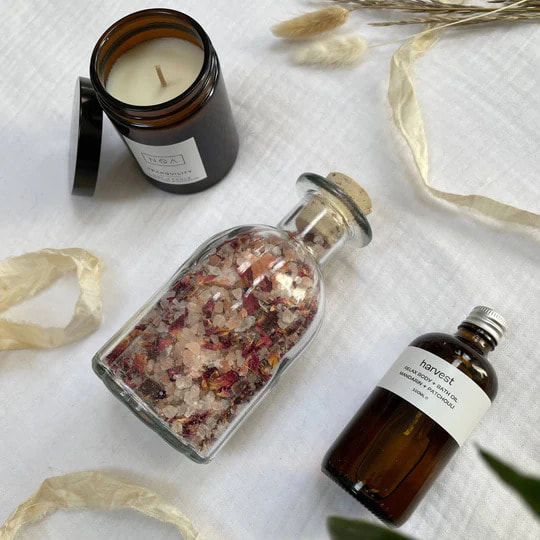Want To Step Up Your Personalised Gifts Uk? You Need To Read This Firs…
페이지 정보

본문
The Victorian era saw a return to more formal garden design in Britain, as the Industrial Revolution brought advances in technology that allowed for the creation of elaborate and ornate gardens. The Victorian garden was a reflection of the period’s obsession with order and control, with an emphasis on symmetry, structure, and meticulous attention to detail.
6. Repotting: Over time, tropical houseplants may outgrow their pots and become root-bound. When this happens, it's important to repot your plants into a larger container with fresh, well-draining soil. Repotting can help to prevent root rot and give your plants room to grow.

Tropical houseplants not only beautify our living spaces but also provide a range of health benefits. Studies have shown that indoor plants can improve air quality by reducing toxins and pollutants, such as formaldehyde and benzene. Tropical houseplants are particularly effective at purifying the air, thanks to their large surface area and efficient photosynthesis process.
One of the most famous Victorian gardens in Britain is Kew Gardens, which was established in the early 19th century and has since become a world-renowned botanical garden. Kew Gardens is home to a vast array of plants, trees, and flowers from around the world, as well as a series of ornate glasshouses and conservatories that showcase the diversity of plant life on Earth.
Garden design has long been an integral part of British culture, with a rich history that dates back centuries. From the formal gardens of the Tudor era to the picturesque landscapes of the Romantic period, the evolution of garden design in the personalised gifts uk has been shaped by a myriad of influences, including changing tastes, advances in technology, and the natural environment itself.
It's also important to consider the size of the plant and how much space you have available. Some tropical houseplants can grow very large over time, so make sure to choose a plant that will fit comfortably in your home.
When it comes to choosing the right houseplants for your home, there are a few factors to consider. Firstly, think about the amount of natural light available in each room, as this will determine which plants will thrive in your space. Some plants, such as spider plants and peace lilies, prefer bright, indirect light, while others, like snake plants and ZZ plants, can tolerate lower light conditions. It's also important to consider the humidity levels in your home, as some plants, such as ferns and orchids, thrive in more humid environments.
One of the most exciting trends in contemporary garden design is the use of green roofs and living walls, which help to mitigate the effects of urban heat islands and provide habitat for pollinators and other wildlife. These innovative designs are helping to transform the urban landscape, creating vibrant and sustainable spaces that benefit both people and the environment.
Another key factor to consider when choosing houseplants is the amount of care and maintenance they require. If you have a busy schedule or are new to plant care, opt for low-maintenance plants that require minimal watering and attention, such as pothos, succulents and cacti. On the other hand, if you enjoy tending to your plants and have the time to dedicate to their care, you may prefer more high-maintenance plants that require regular watering, pruning and fertilising, such as orchids, fiddle-leaf figs and peace lilies.
3. Improved indoor air quality: Houseplants release oxygen and increase humidity levels in the air, which can improve overall indoor air quality. This is especially beneficial in homes with poor ventilation or in urban areas with high levels of air pollution.
As the Tudor period gave way to the Stuart era, garden design in Britain began to evolve. The influence of French and Dutch garden design became more prominent, with a focus on grandeur and opulence. The formal gardens of this period were characterized by their grand avenues, ornamental fountains, and intricate parterres, which were designed to impress visitors and reflect the wealth and status of their owners.
5. Pothos: Pothos, also known as devil's ivy, is a trailing vine with heart-shaped leaves that come in a range of colours, from green to variegated. It does well in low light conditions and only requires occasional watering.
One of the key benefits of having houseplants in our homes is their ability to improve air quality. Plants naturally remove toxins from the air through a process called photosynthesis, where they take in carbon dioxide and release oxygen. This can help to reduce the levels of harmful chemicals such as formaldehyde, benzene and trichloroethylene, which are commonly found in indoor environments due to household products and pollution. By having a variety of houseplants in your home, you can create a healthier and cleaner living space for you and your family.
- 이전글The Benefits Of 台胞證台北 24.09.30
- 다음글토토사이트추천 【먹튀센터】 토토사이트 검증사이트 TOP 8 토토꽁머니 24.09.30
댓글목록
등록된 댓글이 없습니다.